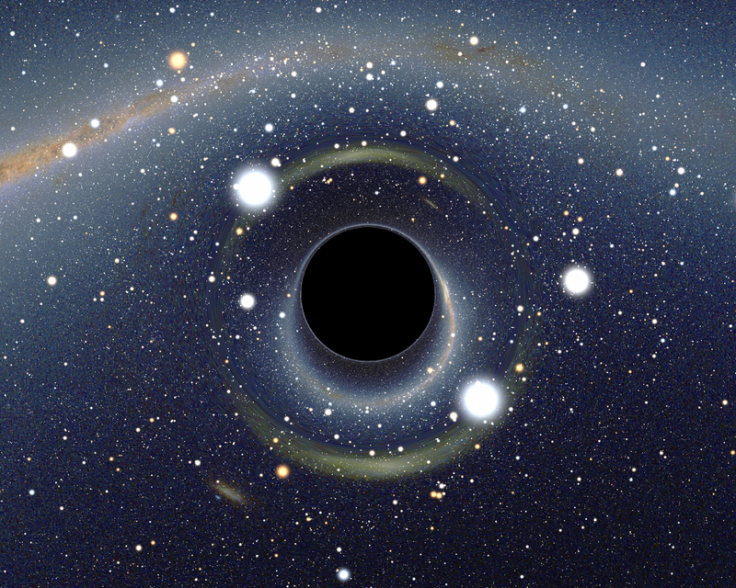Supermassive Black Hole's Size, Small Galaxy Confounds Scientists

Astronomers have discovered a supermassive black hole that, at 7 billion times the size of the sun, takes up a larger percent of its host galaxy than scientists have ever seen. The black hole isn't the largest ever discovered but is causing astronomers to re-think everything they know about how galaxies are formed.
Basically, the size of a black hole is directly related to the size of the galaxy where it resides. But CID-947, a black hole observed from the W.M. Kecj Observatory in Hawaii and from NASA's Chandra X-ray Observatory, is much larger than its relatively small galaxy would suggest. The authors of a new study published in the journal Science Friday said CID-947 first formed 11.7 billion years ago, or 2 billion years after the Big Bang.
“Our survey was designed to observe the average objects, not the exotic ones,” C. Megan Urry of Yale University, said in a statement quoted by Space.com. “This project specifically targeted moderate black holes that inhabit galaxies today. It was quite a shock to see such a ginormous black hole.”
Most known galaxies (including the Milky Way) include a supermassive black hole near their heart, though they rarely take up more than 0.2 or 0.5 percent of the galaxy.
Yet the black hole doesn't seem to have had any impact on the growth of the galaxy. The study's authors observed growing stars in the galaxy, another anomaly which seems to indicate CID-947 is growing faster than the galaxy it resides in rather than devouring it.
© Copyright IBTimes 2024. All rights reserved.





















